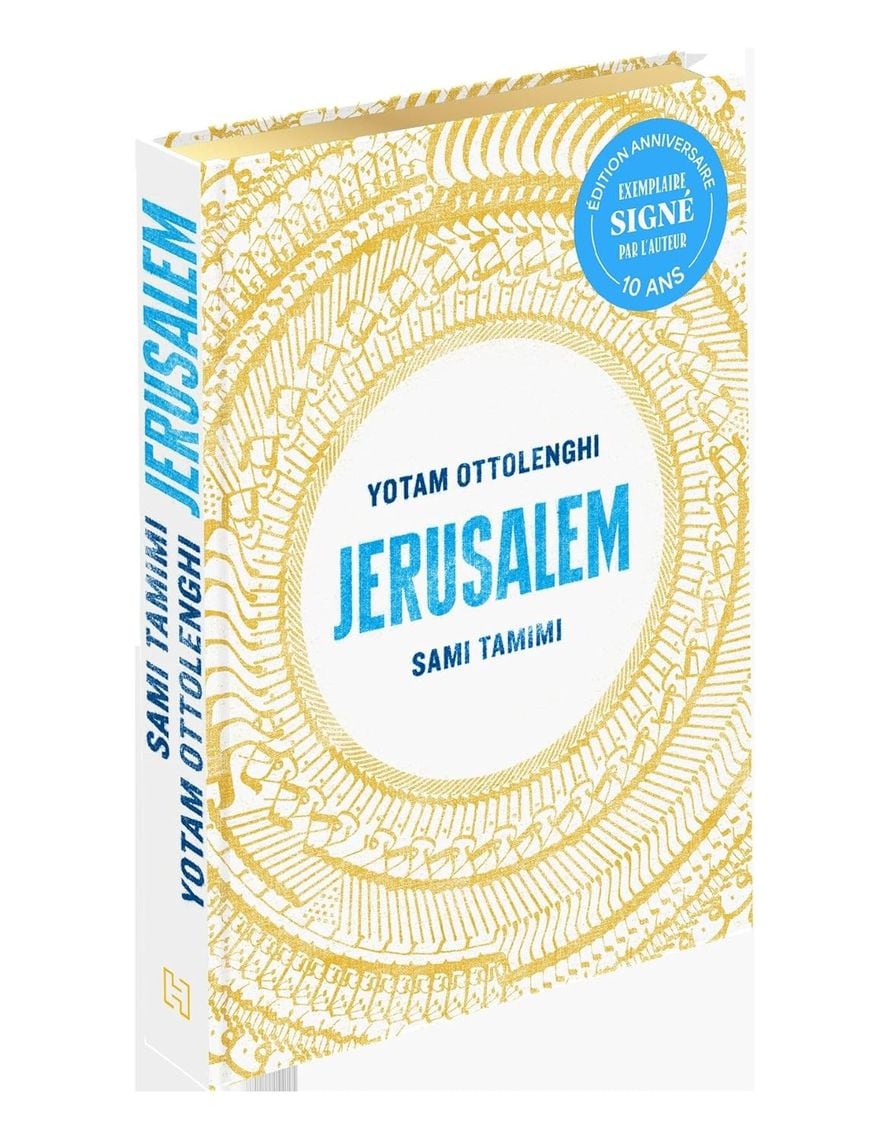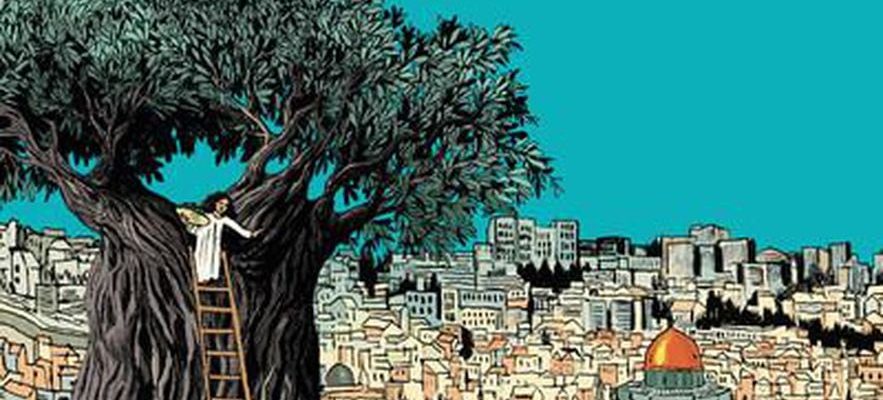Comics
Four thousand years of Jerusalem history in 250 illustrated pages, the exercise was not the easiest. With History of Jerusalem (the Arènes), the challenge was brilliantly taken up by Vincent Lemire, historian and director of the French Research Center in Jerusalem. Already coordinator of Jerusalem. History of a world city from its origins to the present day (Flammarion), it recounts the birth of the great monotheisms, the invasions and successive upheavals that the city experienced, its transformation from a small isolated mountain village into the spiritual capital of millions of believers. Without ever taking sides, citing its numerous sources, it crosses the ages, carried by the sober graphics of the designer Christophe Gaultier, and gives the first keys to understanding a tumultuous history. Indispensable overview, sometimes a little dense, but valuable introduction to more in-depth readings on this or that period or this or that aspect.
Fans of graphic novels will be able to continue reading the Chronicles of Jerusalem (Delcourt) by Quebecois Guy Delisle, an intimate family story of a year spent in Israel.
4000 stories in 250 pages, the comic strip provides a valuable panorama of the tumults experienced by the city.
© / the arenas
Attempts
Besides the essential Jerusalem. Biography by Simon Sebag Montefiore (Calmann-Lévy), numerous researchers and essayists have worked on all or part of the history of Jerusalem. Catherine Nicault, professor of contemporary history, returns to the sources of the current conflict with A History of Jerusalem. 1850-1967 (CNRS éditions), as well as Georges Bensoussan with his Que sais-je? (PUF) on The Origins of the Arab-Israeli Conflict (1870-1950). The first narrates the transformation of a modest Jerusalem town in the last years of Ottoman domination into a city cut in two, Jordanian on one side, Israeli on the other, just before the Six Day War. still the outlines. The second shows how, beyond simplistic diagrams, the current conflict has its source, well before the First World War, in a clash between the discourse of the old Arab elite, the old Sephardic Jewish community and that of the Zionist project. from central Europe. Archaeologist Michaël Jasmin revisits the city through the prism of recent discoveries from excavations in History of Jerusalem (What do I know? PUF), and Sylvaine Bulle offers a valuable perspective for understanding the current city in its Sociology of Jerusalem (Discovery), where she explores community and religious affiliations and recent developments that make diversity impossible.
The novels
As is often the case in areas crossed by conflicts and the upheavals of history, literature provides useful insight into the state of society and those who make it up. On the Israeli side, the authors recount with incredible sensitivity the contradictions in which their fellow citizens are plunged. In his latest book, Stupor (Gallimard), the novelist Zeruya Shalev, already noted for Pain, depicts a Jerusalem, a place of suffering for several generations. She finds there a pretext to return to the clandestine struggle at the dawn of the founding of the State of Israel and to shed light on the current ruptures. Older, A woman fleeing the announcement (Threshold) by David Grossman remains no less relevant. It narrates the journey of a mother fleeing Jerusalem in the hope of escaping the news of the death of her son, enlisted in an operation in Palestine while he is finishing his military service. Troubling echo with the last few weeks. Finally, it’s difficult to understand the country without reading A story of love and darkness by Amos Oz (Folio), even if Jerusalem is less present. On the Palestinian side, two works deserve attention. The first is signed by Sayed Kashua, an Israeli Arab, writing in Hebrew and living in the United States. It has the nice title Arabs dance too (ed. de l’Olivier) and features a young Palestinian sent to a boarding school in Jerusalem who strives to be as Jewish as his classmates. More anecdotal, but still a reflection of the contradictions of a society where coexistence is no longer obvious, A lover in Palestine (Robert Laffont) by Sélim Nassib imagines the love story experienced in 1928 by Golda Meir and Albert Pharaon, a young Lebanese-Palestinian banker.
In the kitchen

The famous chef delivers his personal vision of the flavors and smells of the Holy City.
© / Practical Hatchet
From now on, we only know him by his last name as it has become a trademark, a symbol of tasty, original and simple to prepare cuisine. Ten years ago, before Flavor And Simple, Yotam Ottolenghi signed a book with Sami Tamimi soberly titled Jerusalem (Hachette Pratique). He told the taste history of the city and offered a series of local classics, sometimes simple revivals of ancestral recipes, some brought up to date, or original, inspired by the flavors and smells of the city’s alleys. Without pretending to sign a scholarly or exhaustive work on a necessarily multiple cuisine, the cook offers a personal vision, imbued with his family history and his culinary habits. Between roasted eggplant with fried onion and lemon and roast chicken with clementines and arak, the taste lover will find recipes throughout the 324 pages that evoke the flavors of the Orient with the signature simplicity of execution. Ottolenghi.
.
